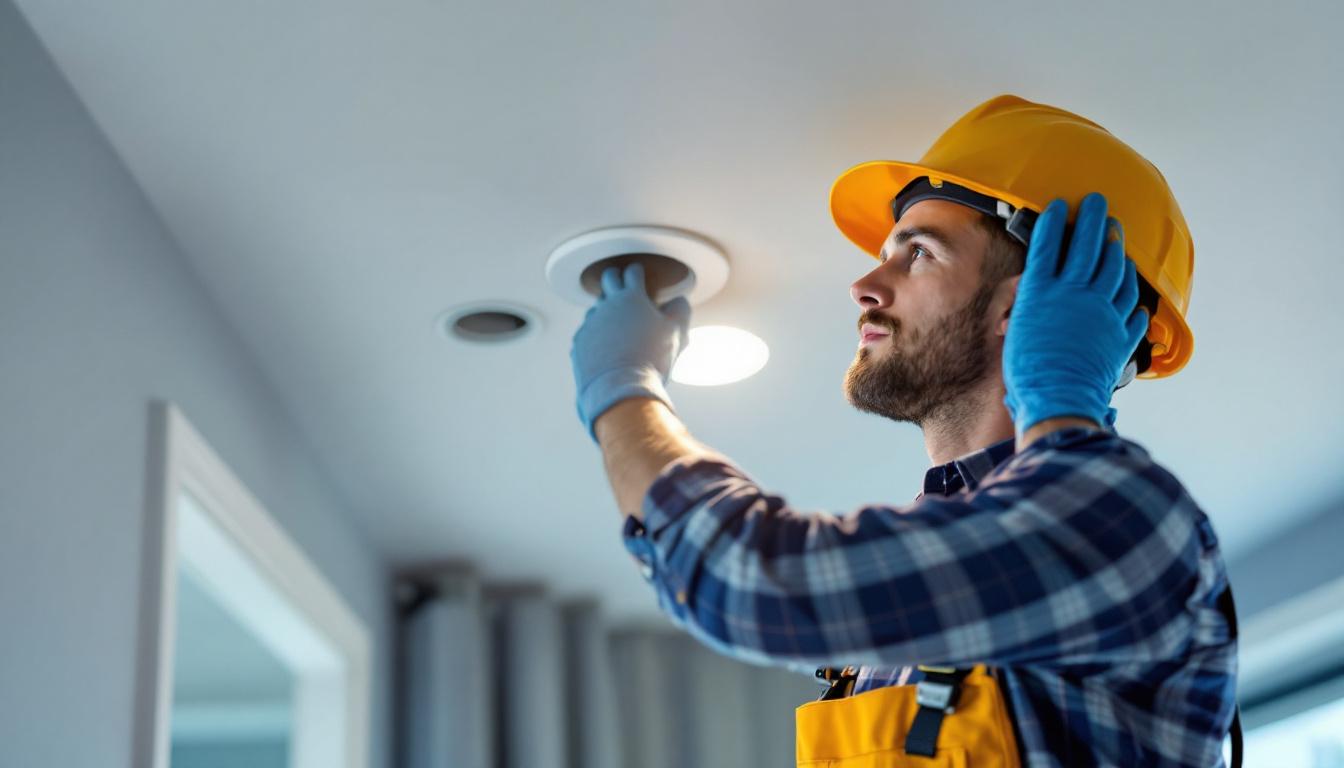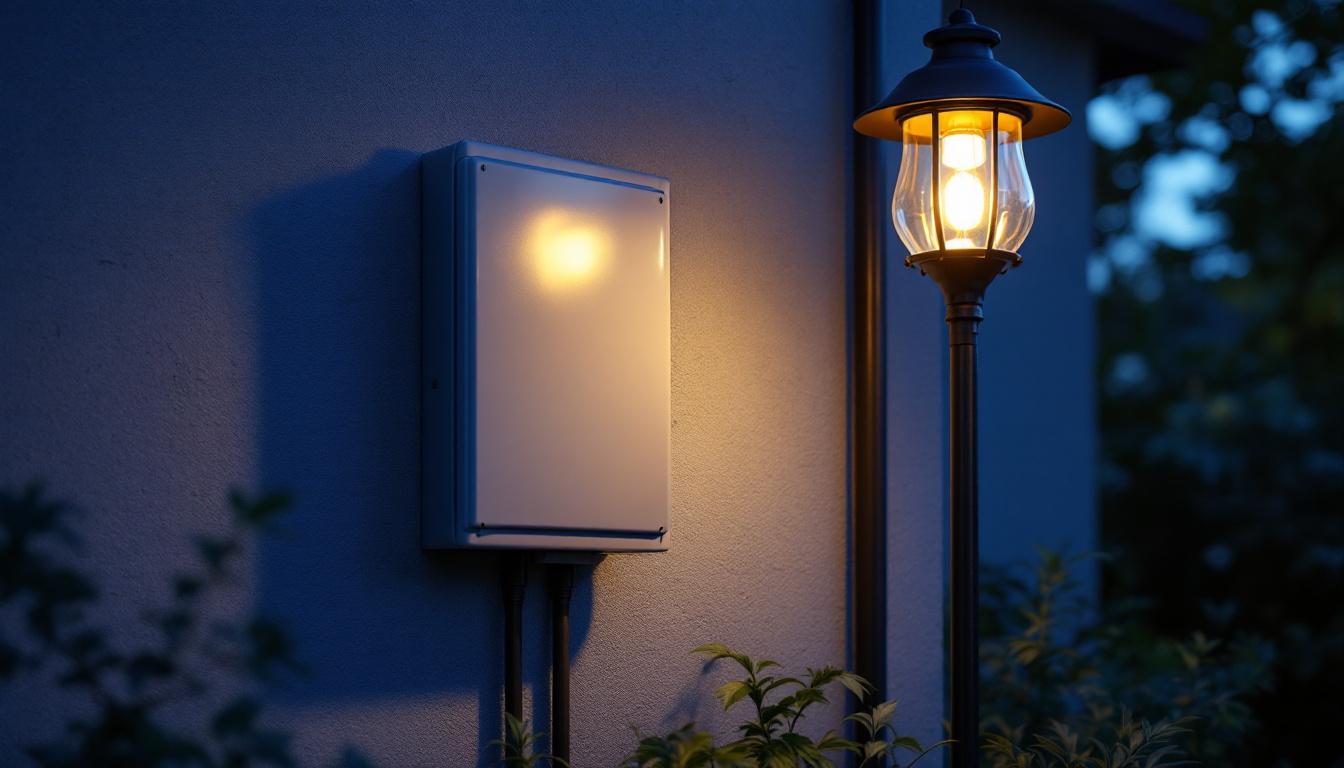
Recessed electrical outlets have become increasingly popular in modern construction and renovation projects. For lighting contractors, these outlets present a unique set of challenges that can complicate installations and affect overall project timelines. Understanding these challenges is essential for ensuring a smooth workflow and maintaining high-quality standards.
Recessed electrical outlets are designed to be flush with the wall surface, providing a sleek and unobtrusive look. They are commonly used in various settings, from residential homes to commercial spaces. The primary advantage of recessed outlets is their ability to save space and reduce clutter, making them an appealing choice for designers and homeowners alike. Their minimalist design not only enhances the aesthetic appeal of a room but also allows for more versatile furniture arrangements, as cords and plugs can be hidden away, maintaining a clean and organized appearance.
However, the installation of these outlets requires careful planning and execution. Unlike traditional outlets, recessed options often require specific mounting techniques and consideration of the surrounding environment. This complexity can lead to several challenges for lighting contractors during installation. Furthermore, the choice of materials and the depth of the recess can also impact the overall functionality and safety of the outlet, making it essential to select the right components for each unique application.
One of the most significant challenges associated with recessed electrical outlets is the complexity of the installation process. These outlets must be installed at precise depths and locations to ensure they function correctly and meet safety standards. This often requires contractors to have a thorough understanding of the building’s electrical system and layout. For instance, in a new construction project, the contractor may need to coordinate with builders and architects to determine the best placement for outlets that accommodate both electrical needs and design aesthetics.
Additionally, the installation may involve cutting into existing walls or ceilings, which can lead to complications if not done carefully. Contractors must be equipped with the right tools and skills to handle these tasks effectively. Failure to do so can result in damage to the surrounding structure, leading to costly repairs and delays. Moreover, the use of specialized tools, such as wall scanners, can help identify hidden wiring or plumbing, ensuring that the installation process is as safe and efficient as possible.
Ensuring compliance with electrical codes is another challenge faced by lighting contractors when working with recessed electrical outlets. Different regions may have varying regulations regarding the installation and placement of these outlets. Contractors must stay informed about local codes to avoid potential fines or rework. This necessitates ongoing education and training, as electrical codes can change over time, reflecting advancements in safety standards and technology.
Moreover, recessed outlets often have specific requirements regarding their placement in relation to other electrical devices and fixtures. Understanding these regulations is crucial to avoid any safety hazards that could arise from improper installation. For example, certain codes may dictate the minimum distance between outlets and water sources, such as sinks or bathtubs, to prevent electrical hazards. Additionally, contractors must also consider the overall load on the circuit to ensure that the recessed outlets can handle the electrical demands of modern devices, which often require more power than older appliances.
Design plays a vital role in the successful installation of recessed electrical outlets. Lighting contractors must work closely with architects and designers to ensure that the outlets align with the overall aesthetic and functional goals of the space. This collaboration can present its own set of challenges.
Contractors need to consider how the placement of recessed outlets will affect the overall lighting design. Poorly positioned outlets can lead to inadequate lighting or create visual distractions. Therefore, careful planning and communication with the design team are essential to achieve the desired results.
Finding the right balance between aesthetics and functionality can be particularly challenging when installing recessed electrical outlets. While these outlets are designed to be discreet, they must also provide adequate power to lighting fixtures and other devices.
Contractors must assess the power requirements of the lighting fixtures being installed and ensure that the recessed outlets can accommodate these needs without compromising the design. This may involve selecting specific outlet types or configurations that align with both the visual and electrical requirements of the project.
Recessed electrical outlets often require coordination with various trades, including drywall installers, painters, and electricians. This collaboration can be challenging, especially in tight timelines or when dealing with multiple subcontractors.
Effective communication is key to ensuring that everyone is on the same page regarding the placement and installation of recessed outlets. Delays or miscommunications between trades can lead to rework, which can significantly impact project schedules and budgets.
Beyond the logistical and design challenges, lighting contractors also face technical difficulties when working with recessed electrical outlets. These challenges can stem from the unique characteristics of the outlets themselves and the environments in which they are installed.
Understanding the technical specifications of recessed outlets is crucial for successful installation. Contractors must be familiar with the various types of outlets available, including those designed for specific applications, such as outdoor or wet locations.
One of the technical challenges contractors encounter is ensuring compatibility between recessed electrical outlets and the lighting fixtures being used. Different fixtures may have varying power requirements, and not all outlets are designed to handle the same load.
Contractors must carefully assess the specifications of both the outlets and the fixtures to avoid issues such as flickering lights or circuit overloads. This requires a solid understanding of electrical principles and the ability to calculate load requirements accurately.
In many cases, recessed electrical outlets are installed in existing structures, which can present additional challenges. Contractors may need to work around existing wiring, plumbing, or structural elements that complicate the installation process.
Identifying and navigating these obstacles requires a keen eye and problem-solving skills. Contractors must be prepared to adapt their installation methods to accommodate the existing infrastructure while still adhering to safety standards and design requirements.
The challenges associated with recessed electrical outlets can also have significant cost implications for lighting contractors. From installation complexities to potential rework, these factors can impact the overall budget of a project.
Contractors must be diligent in estimating costs and factoring in the potential for unexpected challenges. This includes accounting for additional labor, materials, and time that may be required to address issues that arise during installation.
To mitigate the financial impact of challenges related to recessed electrical outlets, contractors should consider budgeting for contingencies. This involves setting aside a portion of the project budget to address unforeseen issues that may arise during installation.
By anticipating potential challenges and allocating resources accordingly, contractors can reduce the risk of going over budget and ensure that the project remains financially viable. This proactive approach can also enhance the contractor’s reputation for delivering projects on time and within budget.
The cumulative effect of the challenges associated with recessed electrical outlets can ultimately impact profit margins for lighting contractors. Increased labor costs, potential rework, and delays can eat into profits, making it essential for contractors to manage these challenges effectively.
Contractors who develop efficient installation processes and maintain open communication with clients and subcontractors are better positioned to navigate these challenges. By streamlining operations and minimizing disruptions, contractors can protect their profit margins and ensure the sustainability of their business.
To successfully navigate the challenges associated with recessed electrical outlets, lighting contractors can adopt several best practices. These strategies can help streamline the installation process and enhance overall project outcomes.
Implementing these best practices can lead to improved efficiency, reduced costs, and higher client satisfaction. By prioritizing effective planning and communication, contractors can set themselves up for success in every project.
Before beginning any installation, thorough planning and preparation are essential. This includes reviewing project specifications, understanding client needs, and assessing the existing infrastructure. Contractors should also create detailed installation plans that outline the steps required to complete the project successfully.
By taking the time to plan effectively, contractors can identify potential challenges early on and develop strategies to address them. This proactive approach can save time and resources in the long run, leading to smoother installations and happier clients.
Maintaining open lines of communication with all stakeholders is crucial for successful project execution. This includes collaborating with architects, designers, and other trades to ensure everyone is aligned on the project goals and timelines.
Regular check-ins and updates can help identify any issues that may arise during installation, allowing contractors to address them promptly. By fostering a collaborative environment, contractors can minimize misunderstandings and enhance overall project efficiency.
The electrical industry is constantly evolving, and staying up-to-date with the latest trends, technologies, and regulations is vital for lighting contractors. Continuous education and training can help contractors enhance their skills and knowledge, enabling them to tackle challenges more effectively.
Participating in workshops, attending industry conferences, and seeking certifications can provide valuable insights and resources. By investing in professional development, contractors can position themselves as experts in their field and improve their overall service offerings.
Recessed electrical outlets present a range of challenges for lighting contractors, from installation complexities to design considerations and technical difficulties. By understanding these challenges and implementing best practices, contractors can navigate the intricacies of recessed outlet installations more effectively.
Through thorough planning, effective communication, and continuous education, lighting contractors can enhance their ability to deliver high-quality installations that meet client expectations. Ultimately, addressing the challenges associated with recessed electrical outlets can lead to improved project outcomes and greater client satisfaction.
As you tackle the complexities of recessed electrical outlets, let LumenWholesale be your partner in success. We provide lighting contractors with the highest quality, spec-grade lighting products at prices that can’t be beaten. By choosing us, you’re ensuring that your projects are equipped with reliable and high-performance lighting solutions that meet rigorous industry standards. Plus, with the convenience of free shipping on bulk orders, you can stock up on all the lighting essentials you need without worrying about hidden fees or compromises. Elevate your lighting installations and delight your clients by choosing Wholesale Lighting at the Best Value with LumenWholesale.

Discover how long hanging lights are transforming the lighting industry and becoming the secret weapon for contractors.

Discover how to enhance your outdoor lighting with the right electrical box solutions.

Discover the latest trends in outdoor flood lighting that every lighting contractor needs to know.

Discover why tennis court lighting is crucial for lighting contractors, exploring key considerations, technological advancements, and the impact on player performance and safety.